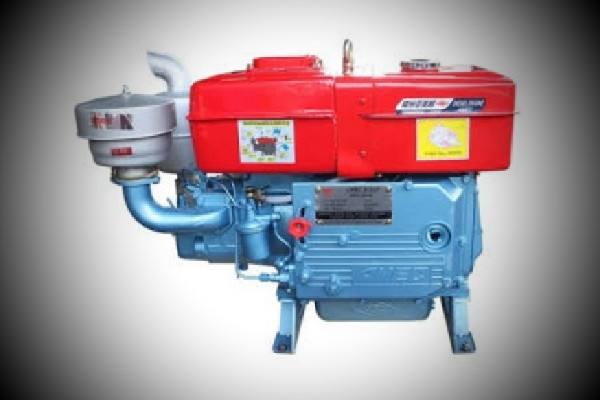
How The Diesel Engine Works – In doing business of power generation, diesel engines have different ways of working with gasoline engines. Where on this diesel engine no spark plugs are used as a combustion trigger. That’s unique, because this diesel engine only requires high compression to burn its fuel. So, what does the diesel engine work like?
Before discussing further about how the diesel engine works, it is important for us to know the characteristics of diesel engines. The characteristics of diesel engines are very different from gasoline engines, including the following:
- Diesel engines use solar fuel, biosolar, Pertadex, and super Shell to form its strength
- It has a greater compression ratio than the gasoline engine, which is around 15:1 to 22:1
- Does not require spark plugs
- Torque and power can be achieved at lower RPM than gasoline engines
- The peak torque generated by diesel engines is higher than that of gasoline engines
- The sound and vibration of the diesel engine is greater than that of gasoline engines
- Diesel engine making material is more robust and sturdy
The diesel engine is a driving motor that has an internal combustion work, utilizing high compression pressure to burn the mixture of air and diesel. Different on gasoline engines are assisted by the ignition of spark plugs to perform combustion. However, the working principle of diesel engines is the same as gasoline engines. Because there are 4 steps to perform a one time work process. The induction stroke, the compression stroke, the power stroke and the exhaust stroke.
How The Diesel Engine Works
Diesel engine has 4 working steps in the formation of energy. And in each of these working steps occurs a different work process. And how the 4 stroke diesel engine works is as follows:
1. Induction Stroke
A induction stroke is a step of the piston movement from the top dead centre (TDC) to the bottom deat centre (BDC). At this step, the intake valve will open and suck the air from outside through the intake leading into the cylinder of the block. While the exhaust valve will close to prevent air from exhaust.
2. Compression Stroke
The compression stroke is the move of the piston movement from the bottom dead centre (BDC) to the top dead centre (TDC). In this step, the intake valve and the exhaust valve will close. Thus, the temperature of the chamber on the cylinder block will turn hot and high-pressure.
3. Power Process
Before a few seconds the piston step reaches the top dead centre (TDC), the nozzle will emit fuel. So, there is a meeting between the high-pressure hot air with the particles of diesel fuel. And when the piston step is at the top of the top dead centre (TDC), there is burning that produces power and pushes the piston towards the bottom dead centre (BDC).
4. Exhaust Steps
The exhaust stroke is the movement of the piston moving from the bottom dead centre (BDC) to the top dead centre (TDC). At dispose of this intake valve closes, while the exhaust valve will open to remove the remaining combustion gas towards the exhaust.
Advantages And Disadvantages Of Diesel Engines
Although more powerful than gasoline engines. However, this diesel engine also has its own drawbacks and advantages. The advantages of diesel engine is the price of fuel cheap, resilient and more durable engine, do not need spark plugs, more efficient because it does not use the spark on its working system.
While the shortage of diesel engines is the purchase price is more expensive than gasoline engines, using a large capacity battery when starting, the sound and vibration generated by the machine are larger, and prone to damage if running out of fuel.
Such is the discussion on how the diesel engine works. The working step is a general step on every 4 stroke machine work. Hopefully useful.
More Articles :
- How To Adjust Gap Of Diesel Engine Valve
- How To Find Top Deat Center On Diesel Engine
- How To Service Kubota Diesel Engine
- Diesel Engine Combustion System
- Diesel Engine Component And Functions





